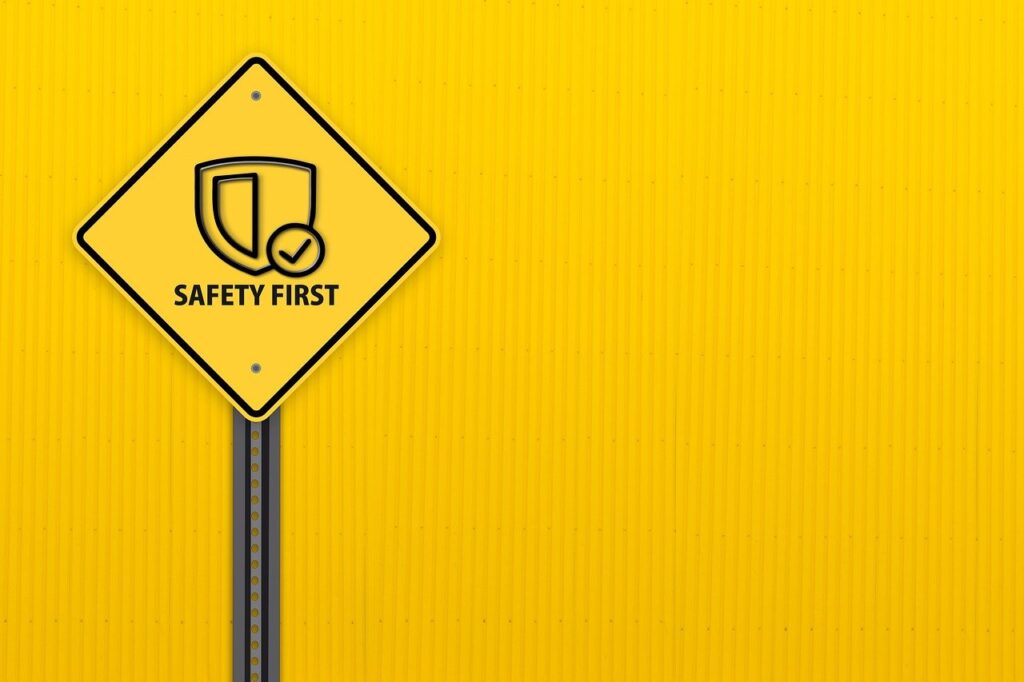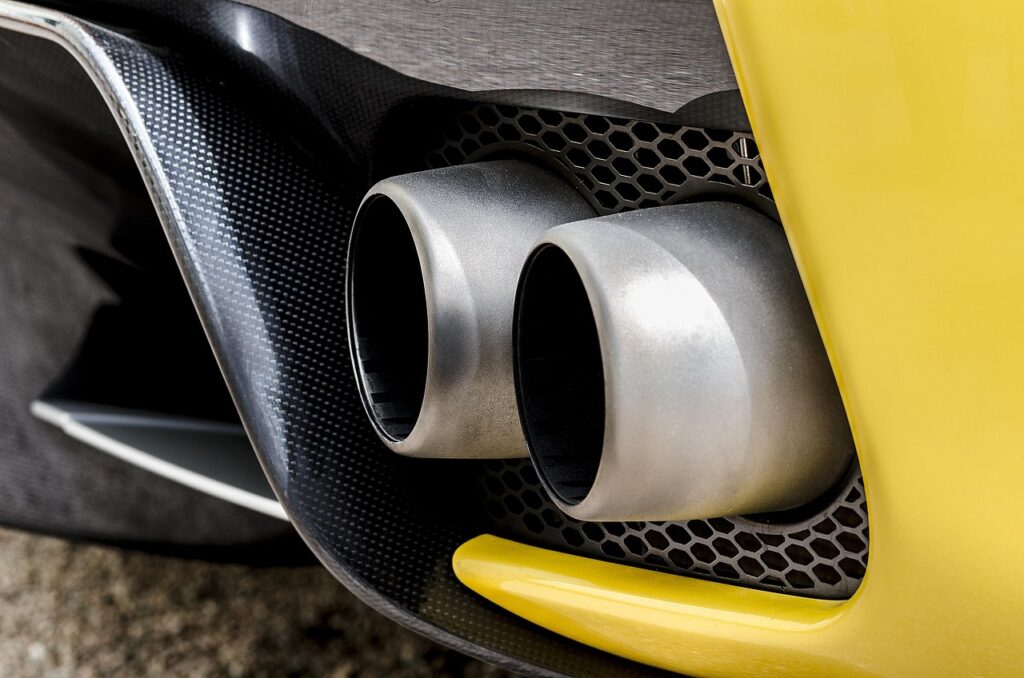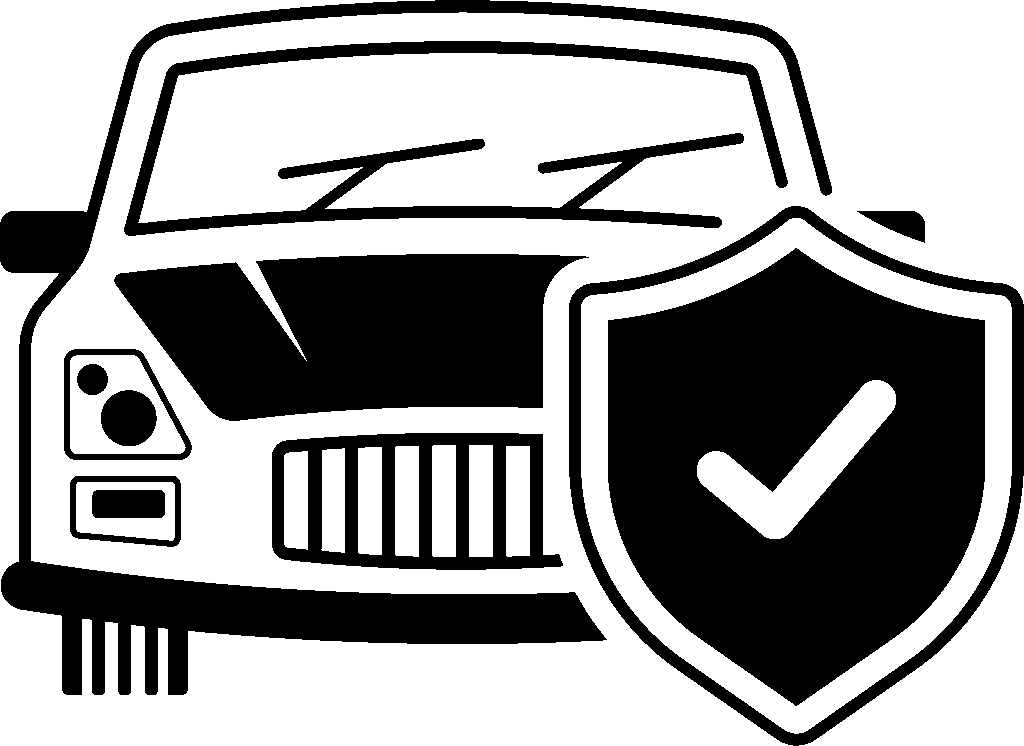
For many drivers, a car is more than just a means of transportation; it’s a trusty companion that reliably navigates daily commutes, weekend adventures, and essential errands. While the sentimental attachment to a beloved vehicle is understandable, and the financial prudence of avoiding new car payments is often lauded, there comes a critical juncture when holding onto an older car transitions from being economical to becoming a liability. Recognizing this point is paramount for both financial well-being and, more importantly, personal safety.
Modern vehicles are engineered with increasing longevity in mind, often capable of surpassing 200,000 miles with diligent maintenance. However, even the most robust and well-cared-for cars eventually encounter a threshold where the cumulative costs and inherent inconveniences begin to outweigh the benefits of ownership. The decision to replace a vehicle is rarely straightforward, fraught with emotional and financial considerations that can make the choice seem daunting.
This comprehensive guide aims to demystify that decision-making process, providing clear, objective insights into the most compelling reasons to consider upgrading your ride. By focusing on practical indicators, from the subtle nuances of performance decline to the glaring red flags of structural compromise, we empower you, the consumer, to make an informed choice that prioritizes reliability, safety, and long-term value. Let’s explore the first six critical signs that it might be time to start shopping for a new set of wheels.
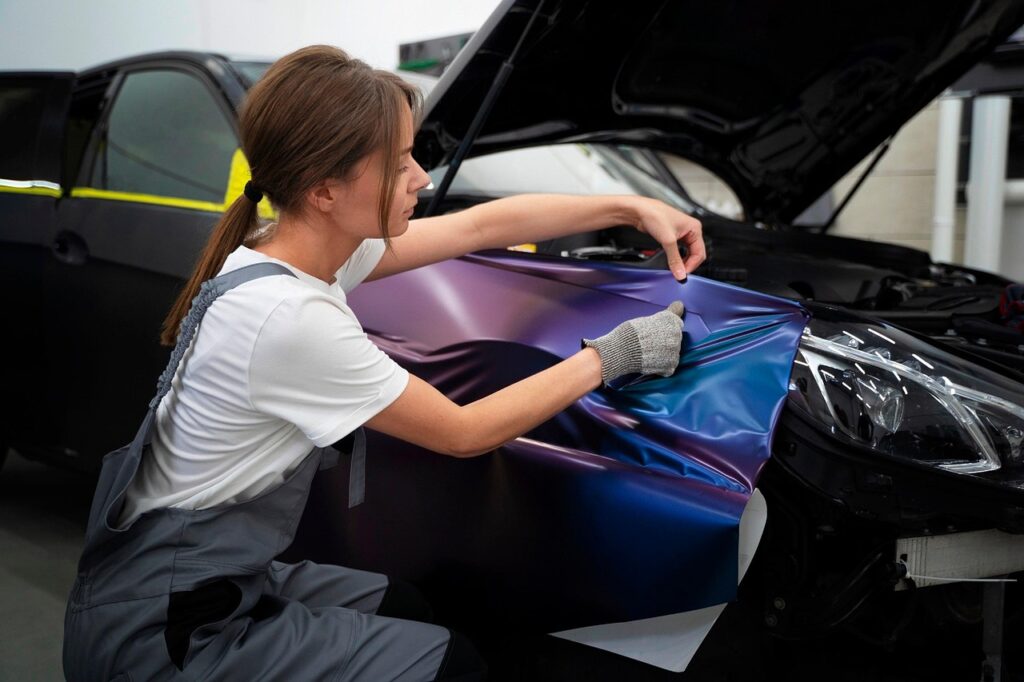
1. **Frequent Repairs**
When your car appears to have established a permanent residence at the mechanic’s shop, it serves as a stark signal that an upgrade is overdue. Constant repairs not only deplete your financial resources but also introduce significant disruptions to your daily routine. The persistent worry about the next component failure and the inconvenience of being without reliable transportation can erode your peace of mind and inject considerable stress into your life.
This pattern of escalating repair frequency often indicates that the vehicle’s major components are experiencing widespread wear and tear. Addressing one issue frequently paves the way for another problem to surface shortly thereafter, creating a frustrating and costly cycle. The occasional breakdown in an older vehicle can be anticipated, and infrequent, necessary repairs are generally reasonable. However, if your car is breaking down with increasing regularity, necessitating major, costly repairs beyond routine maintenance like windshield wiper blade or air filter replacements, it signifies a deeper issue.
As a general guideline, experiencing more than two significant breakdowns per year – incidents that render the car undrivable and require substantial, expensive fixes such as radiator replacements, exhaust system overhauls, or major engine malfunctions – suggests a serious problem. If you find yourself in a situation where your car is failing every two, three, or four months, it’s a definitive indication that its reliability has diminished to an unacceptable level, warranting a serious consideration for a replacement vehicle.
Read more about: Beyond the Hype: We Asked an Expert and Sifted Through Data to Find the 10 Car Brands You *Really* Need to Know for 2025!
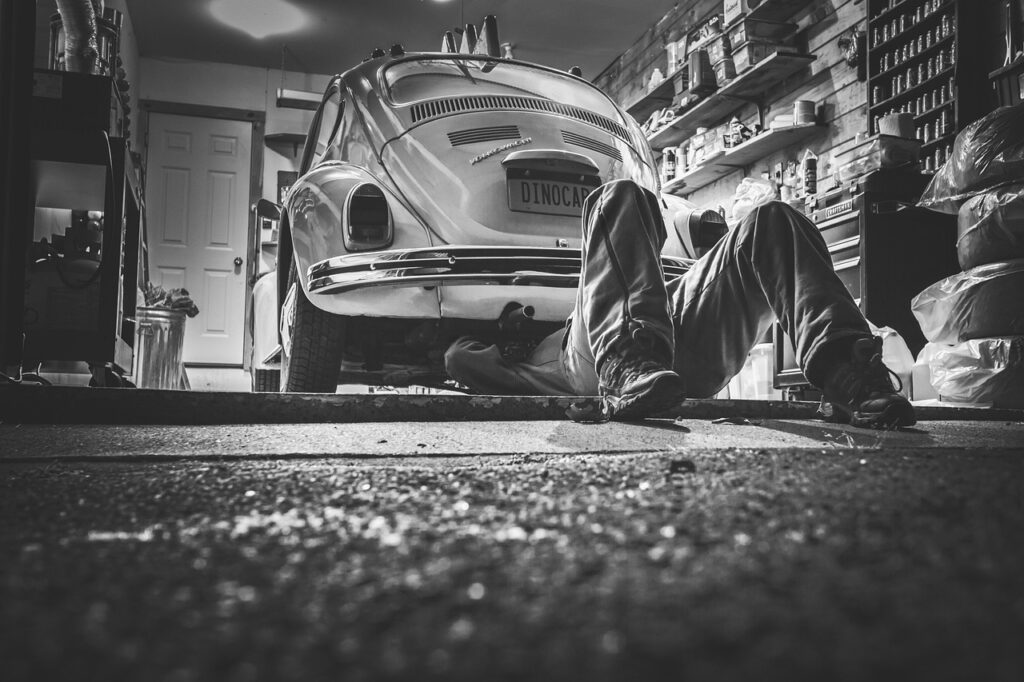
2. **Expensive Repairs**
Perhaps one of the most definitive financial tipping points for car owners is when a major repair bill eclipses the actual market value of the vehicle itself. This scenario frequently arises with older cars, particularly when critical and costly components, such as the engine or transmission, suffer catastrophic failure. Faced with a repair estimate that could easily amount to several thousands of dollars, the economic rationale for proceeding with the fix quickly dissipates.
Consider the financial perspective: the substantial sum allocated for repairing an extensively damaged engine or transmission could instead be channeled directly towards the down payment or even a significant portion of the purchase price for a newer, more reliable car. While repairs for severe issues like a blown motor or a failed transmission can range from $3,000 to $7,000 at a dealership, these costs, though significant, still generally fall below the total expenditure of acquiring a brand-new vehicle.
However, it’s crucial to weigh these repair costs against the potential for recurring issues and the absence of a warranty. Opting for a new car in such circumstances offers a fresh start with a factory warranty, providing assurance against unexpected repairs for a significant period. This approach often delivers superior long-term value and peace of mind compared to continuously pouring money into a vehicle whose repair costs continually rival or exceed its diminishing worth, making a new car purchase a more sensible financial decision.
Read more about: Beyond the Sticker Price: Unveiling Cars with the Highest and Lowest Long-Term Maintenance Costs
3. **Safety Concerns**
In any discussion about vehicle ownership, safety must always occupy the highest priority. If your current car is deficient in contemporary safety features, such as anti-lock brakes (ABS), electronic stability control (ESC), or a comprehensive array of multiple airbags, it is a strong indicator that an upgrade should be seriously considered. The automotive industry has made monumental strides in passive and active safety technologies, significantly enhancing occupant protection and accident prevention.
Newer vehicles typically integrate advanced driver assistance systems (ADAS) as standard or optional equipment. Features like automatic emergency braking, which can prevent or mitigate frontal collisions; lane departure warnings, which alert drivers when they unintentionally drift from their lane; and blind-spot monitoring, which provides crucial alerts about vehicles in hard-to-see areas, all contribute substantially to reducing the probability and severity of accidents. These innovations represent a profound leap in automotive safety, offering a layer of protection that older models simply cannot match.
Beyond the absence of modern safety features, if your current vehicle exhibits recurring safety-critical problems—for instance, persistent brake issues that compromise stopping power or malfunctions within the airbag system—it becomes imperative to prioritize the well-being of yourself and your passengers. In such cases, the imperative to invest in a safer, more technologically advanced vehicle transcends mere convenience or economic calculation; it becomes a fundamental responsibility. Sacrificing safety for the sake of saving money is a compromise that no driver should ever have to make.
Read more about: Angelina Jolie: Tracing a Global Icon’s Evolution from Cinematic Stardom to Profound Humanitarian Engagement

4. **Decreasing Reliability**
A vehicle that frequently leaves you stranded, hesitates to start, or consistently fails to perform as expected transcends mere inconvenience to become a significant liability. The manifestation of decreasing reliability can vary, encompassing everything from recurrent breakdowns to a pervasive sense of anxiety about whether the car will successfully complete its journey. This unpredictable nature of an unreliable vehicle can have profound adverse effects on various aspects of your life, impacting work commitments, social engagements, and overall stress levels.
Long-distance trips, once enjoyable excursions, transform into anxiety-ridden adventures filled with uncertainty and dread. The inability to trust your vehicle to transport you dependably to your intended destination undermines the very purpose of owning a car. When the fundamental expectation of reliable transportation can no longer be met, it signals a critical juncture where the benefits of continued ownership are severely compromised.
This persistent unreliability not only strains your patience but also poses practical challenges. Missed appointments, tardiness, and the constant need to arrange alternative transportation create a domino effect of disruptions. Ultimately, if your car’s erratic behavior has reached a point where you cannot confidently rely on it to get you where you need to go, it is a clear and compelling sign that investing in a more dependable mode of transportation is not just an option, but a necessity for restoring normalcy and peace of mind to your daily life.
Read more about: First to the Finish or Built for the Long Haul? An Expert’s Deep Dive into 12 Cars Defining Automotive Durability
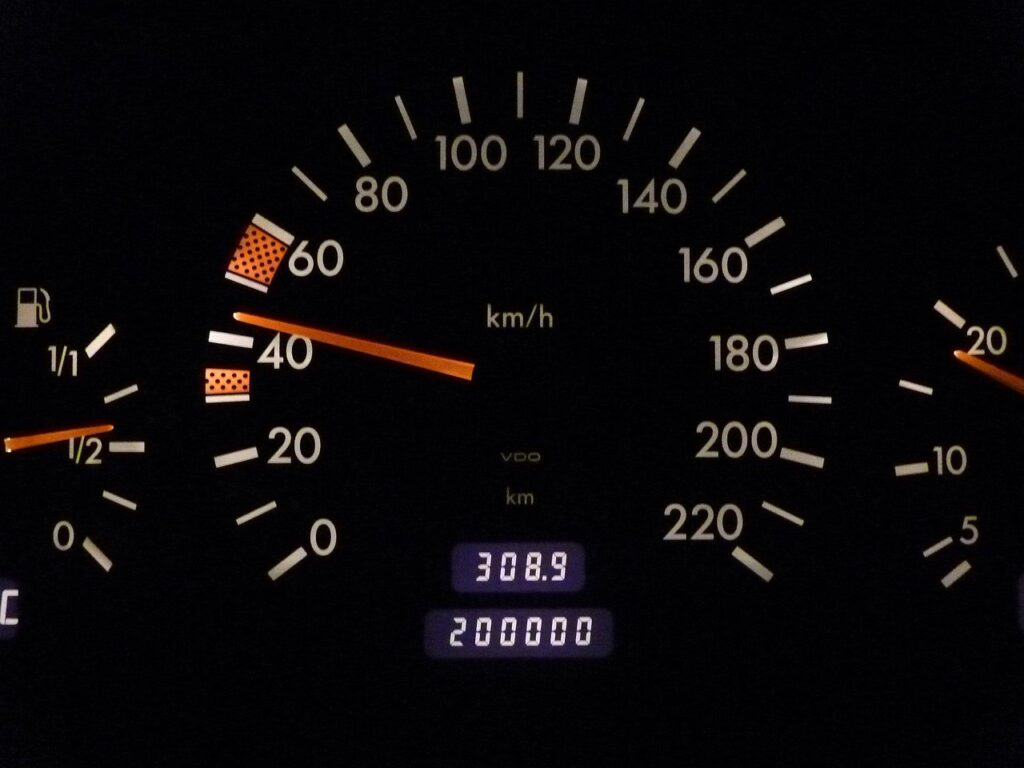
5. **High Mileage**
While the engineering advancements in modern vehicles mean that many can robustly exceed 200,000 miles with diligent maintenance, accumulating high mileage remains a significant indicator that a car might be nearing the end of its economically viable life. As a vehicle approaches or surpasses the 150,000 to 200,000-mile mark, even with a history of regular servicing, the probability of major components failing substantially increases. This is a natural consequence of extended use, where wear-and-tear items such as axle boots, belts, brake rotors, and timing belts eventually require replacement.
The cumulative cost of maintaining a high-mileage vehicle can quickly escalate to a point where it outweighs the car’s depreciated value. For instance, a timing belt package, a common high-ticket repair item on cars around 100,000 miles, can cost between $600 and $1,000, often recommended alongside other aging components like the water pump and drive belts. Such repairs, which typically begin to surface between 90,000 and 120,000 miles, are just a fraction of the potential expenses.
Beyond repair costs, high-mileage vehicles frequently exhibit decreased performance, reduced fuel efficiency due to worn engine components, and increased emissions. If your odometer is climbing into the upper ranges, proactive consideration of a new car purchase is advisable. This approach allows you to transition before being forced into a decision by a major breakdown, offering improved reliability, better fuel economy, and access to updated features that enhance the overall driving experience.
Read more about: Beyond the Sticker Price: Unveiling Cars with the Highest and Lowest Long-Term Maintenance Costs
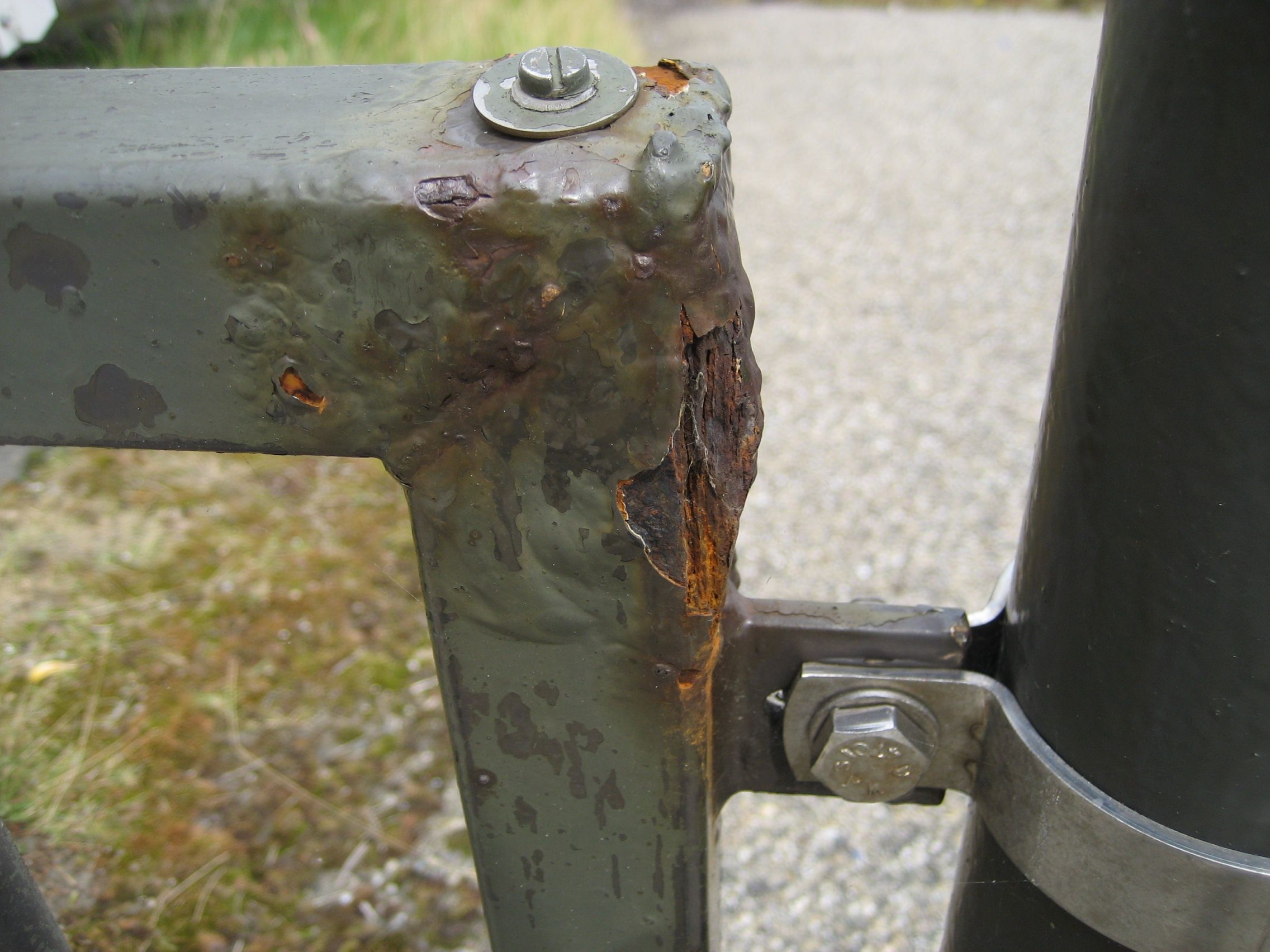
6. **Rust and Corrosion**
Significant rust or corrosion on your car’s body panels or, more critically, its undercarriage, transcends mere aesthetic imperfection; it represents a grave structural integrity concern. Rust is not merely superficial; it is a degenerative process that can profoundly compromise the fundamental strength of your vehicle’s frame, dramatically reducing its safety and protective capabilities in the unfortunate event of a collision. The integrity of the chassis is paramount, and widespread corrosion can undermine the very foundation designed to absorb impact and protect occupants.
Moreover, the progression of rust can lead to the formation of holes within the bodywork, creating direct ingress points for water, road salt, and debris. This infiltration can inflict substantial damage upon vital electrical components, accelerating the corrosive process and potentially leading to cascading system failures. Once rust has firmly taken hold, its eradication becomes a challenging and often prohibitively expensive endeavor, as it tends to spread insidiously through metal structures.
In regions where road salt is routinely employed for de-icing, the rate and severity of rust development can accelerate dramatically. Therefore, if you observe substantial rust, particularly in critical areas such as the vehicle’s frame, suspension mounting points, or structural pillars, it constitutes an unequivocal and urgent indication. This level of deterioration signals that it is high time to seriously consider investing in a new car, as the long-term safety and structural soundness of your existing vehicle may already be fatally compromised.” , “_words_section1”: “1940
Navigating the complexities of car ownership involves recognizing not just the immediate problems, but also the subtle shifts that accumulate over time, gradually diminishing a vehicle’s value, utility, and even its enjoyment factor. Beyond the more obvious breakdowns and structural concerns, a vehicle can present a series of less dramatic, yet equally compelling, signs that it’s time for an upgrade. These indicators often relate to its evolving efficiency, technological capabilities, the comfort it provides, and how well it continues to align with your personal journey. Making an informed decision means looking at the full spectrum of a vehicle’s performance and suitability for your life.
Read more about: Red Flag Rides: 12 Critical Warning Signs Every Used Car Shopper Needs to Heed
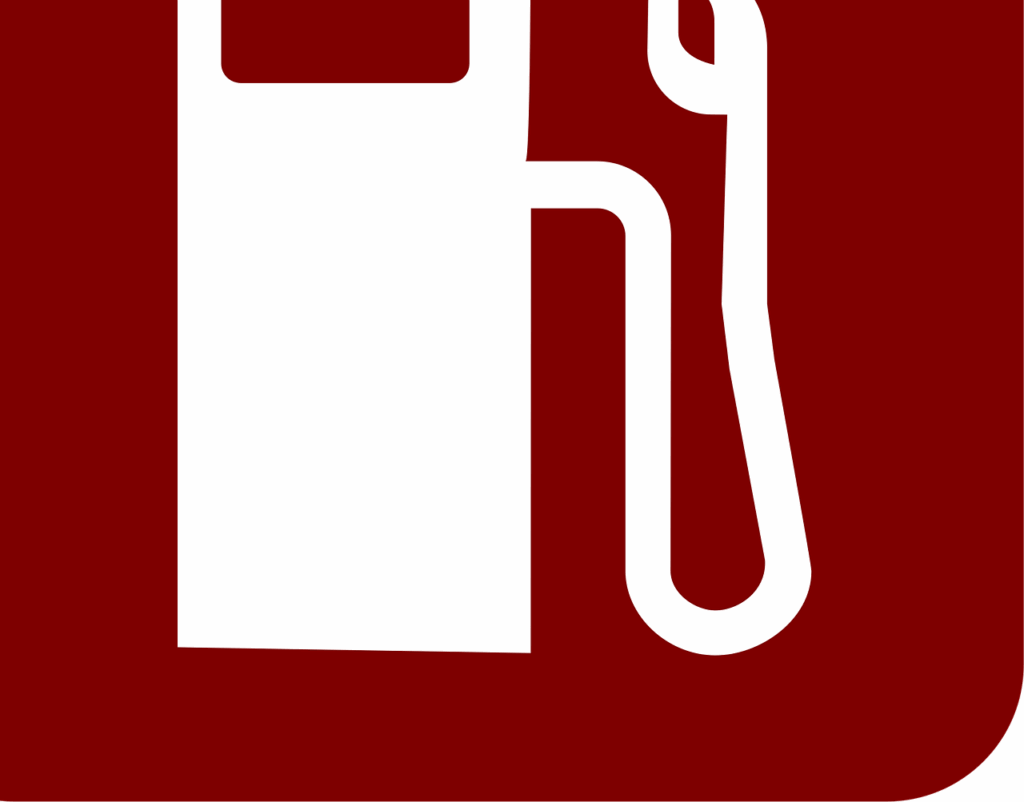
7. **Poor Fuel Efficiency**
If you find yourself frequently wincing at the pump, watching the price per gallon tick higher as your fuel tank empties, your car’s declining fuel efficiency is a loud signal that it might be time for a change. This is more than just a minor inconvenience; it’s a persistent drain on your budget, especially if your daily commute is extensive or you embark on regular road trips. The cumulative effect of these repeated fill-ups can quickly add up, turning what seems like a small problem into a substantial financial burden over time.
As vehicles age, their original fuel economy often diminishes significantly. This degradation is typically due to a combination of factors, including worn engine components, diminished compression, and less efficient fuel delivery systems that are common in older designs. The technologies available in cars from previous decades simply cannot compete with the sophisticated engineering and aerodynamic advancements that are standard in today’s models. Modern vehicles are purpose-built for efficiency, often incorporating advanced hybrid systems, turbocharging, and lightweight materials to maximize miles per gallon.
Upgrading to a newer, more fuel-efficient vehicle offers a clear path to substantial savings. The reduction in your monthly fuel expenditure can be considerable, making a tangible difference in your household budget. Beyond the financial benefits, embracing a more efficient vehicle also contributes to a smaller carbon footprint, allowing you to drive with the added satisfaction of knowing you are reducing your environmental impact. This alignment of economic prudence and environmental consciousness makes the decision even more compelling for many consumers.
Read more about: Performance Over Perception: 10 Cars That Don’t Deserve Their Bad Reputations
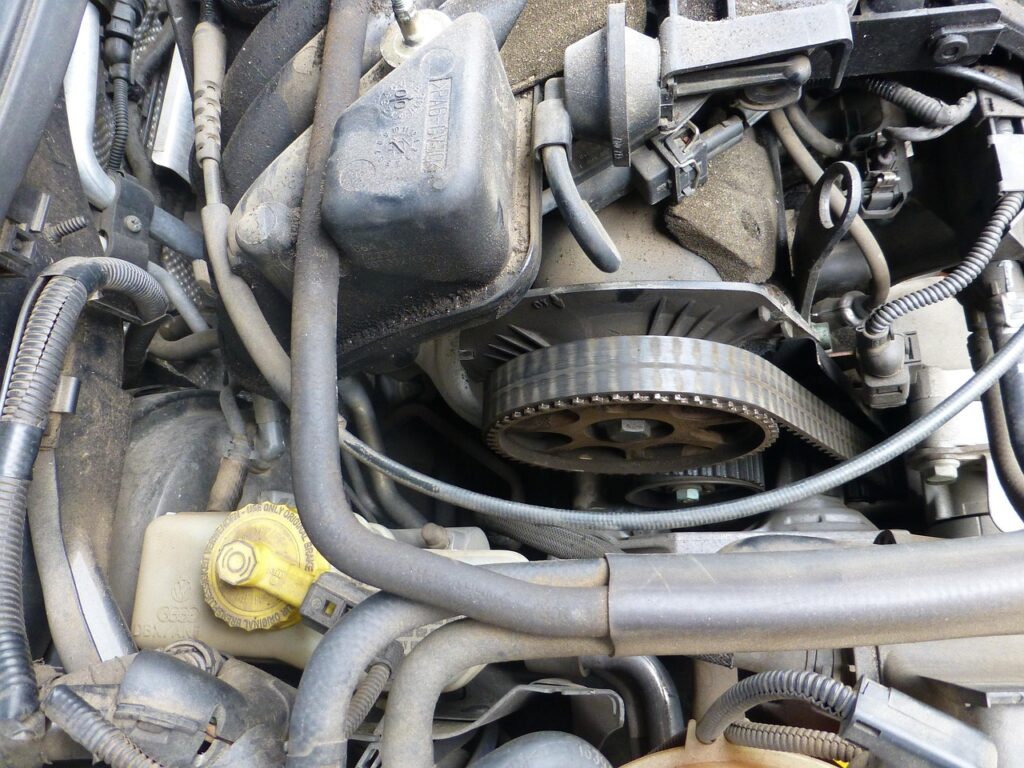
8. **Outdated Technology**
In today’s highly connected world, where virtually every aspect of our lives is digitally integrated, a car that lacks modern technological features can quickly feel like a relic from another era. Essential conveniences that are now standard in most new vehicles, such as Bluetooth connectivity for hands-free calls and audio streaming, a reliable backup camera to assist with parking and safety, or an integrated navigation system to guide your journeys, are simply absent in older models. This technological gap translates into missed opportunities for enhanced convenience and critical safety support.
Beyond the basic connectivity features, the automotive industry has made revolutionary strides in advanced driver-assistance systems (ADAS). These sophisticated technologies are designed to make driving easier, less stressful, and significantly safer. Features like automatic emergency braking can prevent or mitigate frontal collisions by applying the brakes if a potential impact is detected, while lane departure warnings alert you if your vehicle unintentionally drifts out of its lane. Adaptive cruise control intelligently adjusts your speed to maintain a safe distance from the car ahead, reducing driver fatigue on long journeys. Such innovations offer a protective layer that older vehicles simply cannot provide.
Furthermore, contemporary infotainment systems found in newer cars seamlessly support smartphone integration through platforms like Apple CarPlay and Android Auto. This allows drivers to safely access their favorite music, messaging apps, and navigation tools directly through the car’s display, minimizing distractions and enhancing the overall driving experience. The absence of these integrated systems in an older car can force reliance on less safe alternatives, underscoring the value of upgrading to a vehicle equipped with the latest technological safeguards and conveniences that have become indispensable in modern driving.
Read more about: Beyond the Glamour: 12 Stars Reveal the Unseen Realities of Red Carpet Body Management

9. **Reduced Comfort**
The experience of driving should ideally be comfortable and enjoyable, but in an aging vehicle, this can become increasingly difficult to achieve. If your daily commute or longer journeys are now accompanied by aches and pains, it’s a clear indication that your vehicle’s comfort level has significantly deteriorated. Worn-out seats, for instance, can lose their ergonomic support and cushioning, leading to back pain, stiffness, and general discomfort that makes even short drives unpleasant. The constant shifting and fidgeting to find a comfortable position can be distracting and detract from your focus on the road.
Moreover, a failing or compromised suspension system dramatically affects ride quality. What was once a smooth, composed ride can transform into a jarring experience, where every bump, pothole, and imperfection in the road is transmitted harshly into the cabin. This constant jolt and vibration not only diminishes comfort but also contributes to driver fatigue, which can be a significant safety concern on extended trips. Similarly, issues with the climate control system, such as a malfunctioning air conditioner in summer or an ineffective heater in winter, can make the interior environment unbearable, further eroding the driving experience.
In stark contrast, newer vehicles are engineered with occupant comfort as a paramount design principle. They often boast significantly improved ergonomics, featuring adjustable seating with lumbar support, premium materials, and thoughtful cabin layouts designed to reduce fatigue. Enhanced sound insulation contributes to a quieter interior, shielding occupants from road and engine noise, while advanced suspension systems absorb road imperfections with greater efficacy, providing a smoother and more refined ride. Investing in a newer car means investing in a driving experience that is not only more enjoyable but also more conducive to alertness and well-being.
Read more about: Lights, Camera, Tantrums! Unmasking Hollywood’s 14 Most Notorious Actors Who Made Set Life a Nightmare

10. **Lifestyle Changes**
Life is a dynamic journey, and as your circumstances evolve, so too might your transportation requirements. What once served as the perfect vehicle for a particular stage of your life may become increasingly unsuitable as your needs and priorities shift. Perhaps you’ve embarked on the exciting adventure of starting a family, suddenly finding your compact coupe inadequate for car seats, strollers, and the myriad accessories that accompany young children. Or maybe a new passion or hobby has emerged, demanding more cargo space for equipment that simply won’t fit in your current trunk.
A change in employment might introduce a longer commute, instantly elevating fuel efficiency from a minor consideration to a critical factor in your monthly budget. Similarly, relocating to an area with distinct weather patterns could necessitate features like all-wheel drive for improved traction in snow or on challenging terrain, a capability your current two-wheel-drive sedan might lack. These lifestyle shifts are not just about convenience; they represent fundamental alterations in how you interact with your vehicle and what you expect from it.
When your current car no longer aligns with these evolving personal or professional demands, it becomes a strong, practical indicator that an upgrade is in order. A new vehicle that is specifically chosen to accommodate your current needs – whether it’s more seating, greater cargo capacity, superior fuel economy, or enhanced off-road capabilities – can dramatically improve your daily life. It can transform a stressful commute into a comfortable journey and make leisurely activities more accessible and enjoyable, proving that your car should be an enabler, not a limitation, to your changing lifestyle.
Read more about: Beyond the Headlines: Unpacking the Middle East’s Vibrant Mosaic of Faiths and Traditions
11. **High Emissions**
Beyond the immediate financial sting of poor fuel economy, an older car that struggles with high emissions presents a multi-faceted problem that extends from your wallet to the wider environment and even to your legal ability to drive. If your vehicle is consistently failing emissions tests or is visibly producing excessive pollution from its exhaust, it’s not merely an inconvenience; it’s a definitive sign of deeper mechanical issues that warrant serious attention. These issues indicate that your engine is likely not combusting fuel efficiently, leading to both reduced performance and increased environmental impact.
Older cars, particularly those that have not received consistent and thorough maintenance, frequently struggle to meet the increasingly stringent modern emissions standards. These standards are designed to reduce the output of harmful pollutants into the atmosphere. Failing these mandatory inspections can result in your inability to legally register or drive your vehicle in many jurisdictions, leading to significant legal and practical complications. The need to pass an emissions test often forces owners into costly repairs just to keep their car on the road, with no guarantee that the problem won’t recur.
Upgrading to a newer vehicle offers a clear and impactful solution to these concerns. Modern cars are equipped with advanced catalytic converters, sophisticated engine management systems, and often incorporate cleaner fuel technologies, all designed to minimize harmful emissions. This ensures you’ll pass emissions tests without a hitch and, more importantly, significantly reduces your personal carbon footprint. Choosing a more environmentally friendly vehicle not only benefits you directly through potentially better fuel economy but also contributes positively to air quality and broader climate change efforts, aligning your transportation choice with responsible environmental stewardship.
Read more about: Performance Over Perception: 10 Cars That Don’t Deserve Their Bad Reputations
12. **High Insurance Costs**
While the purchase price and repair bills of a car are often at the forefront of financial considerations, the ongoing cost of insurance can be a hidden drain on your budget, particularly with an older vehicle. Insurance companies frequently levy higher premiums on older cars for several reasons. Primarily, these vehicles often lack the advanced safety features common in newer models, such as automatic emergency braking, lane-keeping assist, and comprehensive airbag systems, which are proven to reduce the likelihood and severity of accidents. Without these safeguards, the risk assessment for older cars naturally increases, leading to higher rates.
Additionally, older vehicles, especially those prone to the issues discussed throughout this guide—like frequent breakdowns, decreasing reliability, or structural rust—are statistically more likely to be involved in incidents that require insurance claims. The parts for older or less common models can also be more difficult or expensive to source, further increasing potential repair costs for insurers, which is then reflected in your premiums. Factors like a model’s theft rate or its crash test ratings, which might be lower for older designs, also play a significant role in calculating your annual costs.
In contrast, newer cars, with their integrated advanced safety features, robust construction, and often sophisticated anti-theft systems, frequently qualify for substantial insurance discounts. While the initial purchase price of a new car may be higher, it’s crucial to consider the potential long-term savings on insurance premiums. It is highly advisable to obtain insurance quotes for newer models you might be considering. You may discover that the cumulative savings on insurance over several years could significantly offset a portion of the new vehicle’s cost, making the upgrade a more financially savvy decision in the long run.
Read more about: Mastering the Drive: 14 Essential Strategies to Avoid Road Rage and Ensure a Calmer Journey
The decision to part ways with a vehicle that has served you faithfully for years is rarely easy, tinged with both sentiment and practical concerns. However, as this comprehensive guide has highlighted, numerous indicators signal when holding onto an old car transitions from being a cost-effective choice to a financial and safety liability. By diligently assessing these signs—from the recurring disruptions of frequent repairs and the escalating bills of expensive fixes, to the subtle yet impactful declines in efficiency, comfort, and technological relevance—you empower yourself to make a truly informed decision. Prioritizing your safety, financial well-being, and peace of mind means recognizing when it’s time to embrace a new chapter on the road, securing a vehicle that reliably meets your current needs and keeps you confidently moving forward. After all, your car should be a source of dependable transportation and convenience, not a constant source of worry or an ongoing drain on your resources. Make the choice that best supports your journey ahead.

